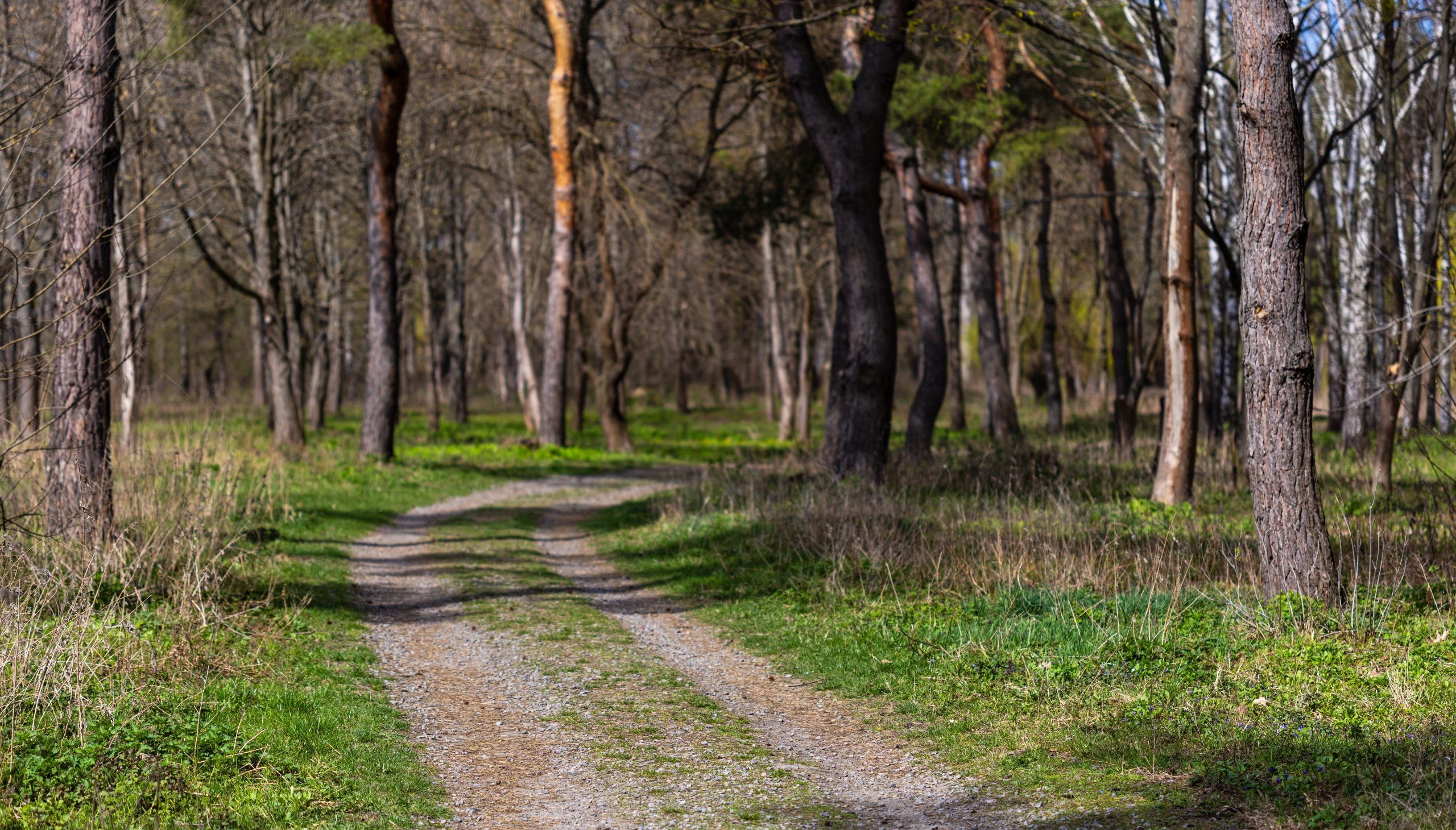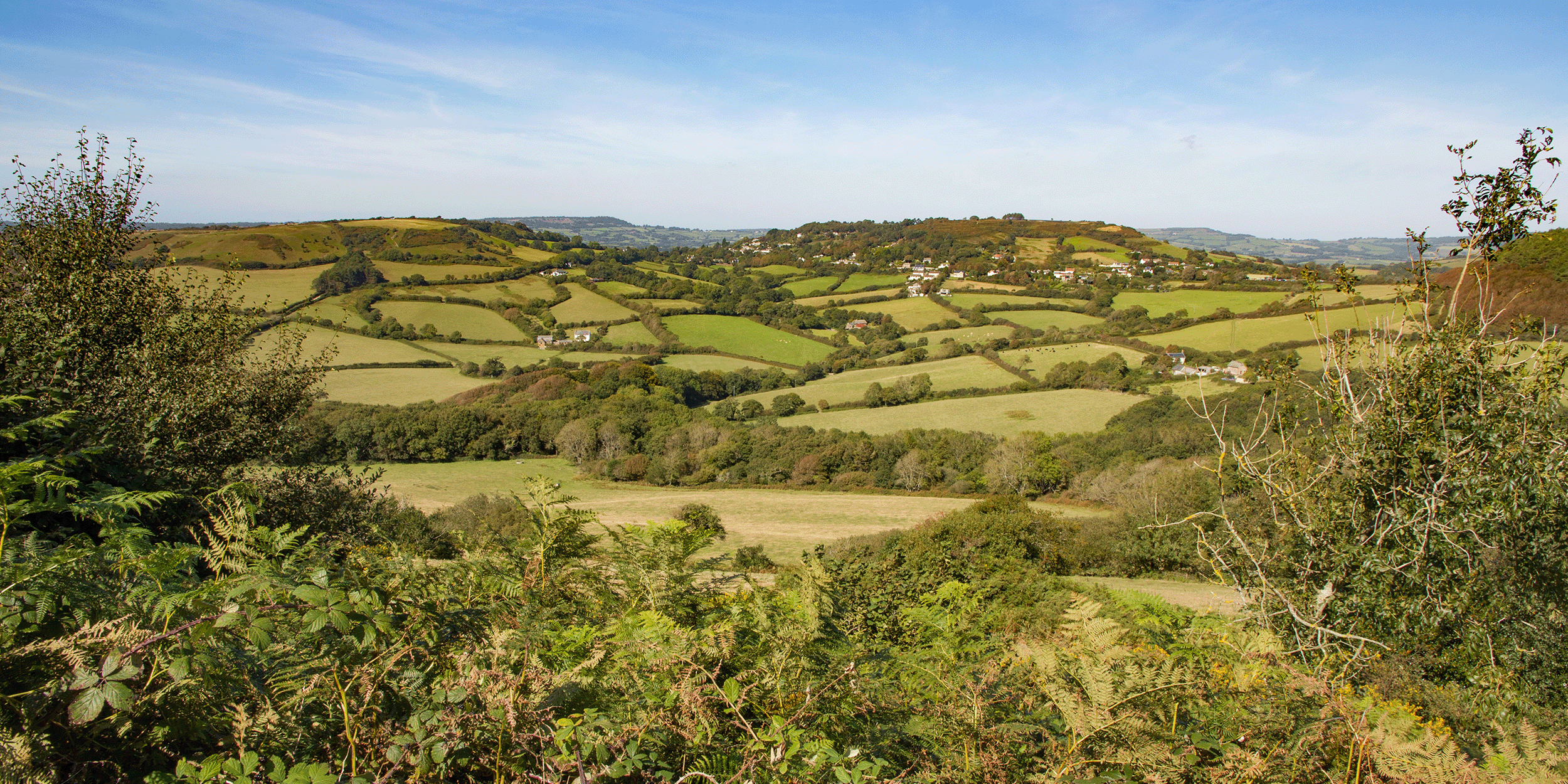Plane lace bug confirmed in London – first sighting since 2006
5 September 2024
The plane lace bug (Corythucha ciliata) has recently been spotted on a number of plane trees in central London, marking the first time the tree pest has been confirmed in the UK since 2006. Plane lace bugs, when populations are left to increase, can cause damage to plane (Platanus) trees and even bite humans, causing a mild rash.
The confirmed sighting, whilst the first time the bug has been seen in the UK since 2006, is not currently deemed a threat by the Forestry Commission. As the plane lace bug is not a regulated tree pest (unlike Ips typographus), there has not been any statutory action taken. Surveillance is ongoing to determine the threat of the issue and identify any spreads – Forestry officials are urging the public to report any potential sightings through the TreeAlert portal.
The level of infestation and the fact that the pest was distributed on mature trees in multiple nurseries led preliminary investigations to determine that plane lace bugs had already established in the UK, making statutory action against the pest inappropriate.
Where did the plane lace bug come from?
Historically, the plane lace bug has arrived in the UK through imports. This includes wood imports and other transportation, with the bug believing to have previously entered the UK by attaching itself to lorries, cars, ships, and trains.
Being native to North American and widely spread in mainland Europe, the plane lace bug has not been confirmed in the UK since 2006 due to strict import controls preventing the spread of pests in the UK.
It is currently unclear how the most recent sightings of the pest made their way to the UK.
What does the plane lace bug do?
Whilst the current confirmed sightings of the plane lace bug appear to be contained, the bug still poses threats to plane trees. Plane lace bugs feed on the leaves of plane trees, causing bronzing and, in heavily infested trees, leaves can become chlorotic and drop off the tree early.
Keeping population sizes and outbreaks to a minimum will prevent any significant damage being caused. Staying vigilant during the late summer is also vital as this is when the pest is most active. Leaves dropping early and appearing discoloured is a sign that the pest has infested a tree and action should be taken.
The two nurseries that contained infected trees – London plane (Platanus x acerifolia) and Oriential plane (P. orientalis) – followed advice to spray infected trees with insecticides which appeared to be effective at removing the pest.
Remain vigilant and report any sightings of the pest through the TreeAlert portal to prevent the pest from spreading any further and aid ongoing investigations.
Keep up to date on the latest Woodsure updates through our news pages or follow us on social.
Related news

The Western Forest – 20 million trees to be planted, creating a new national forest

Defra report highlights the importance accessible air quality information

Dorset company prosecuted for illegal felling in a protected woodland
